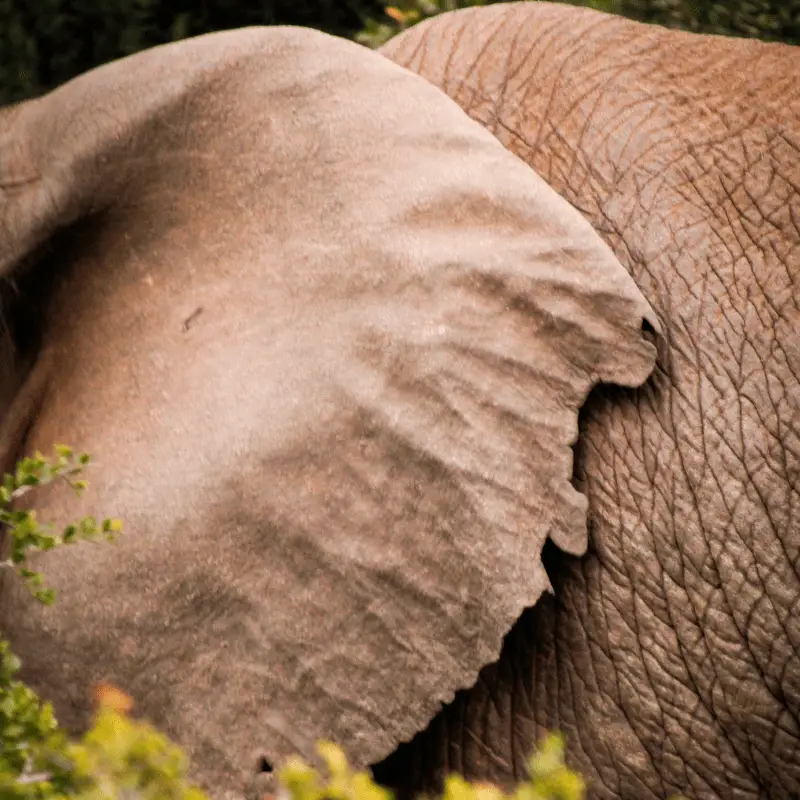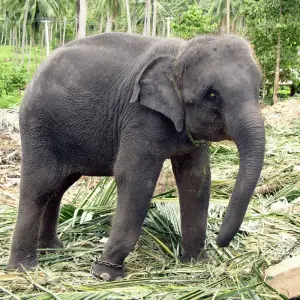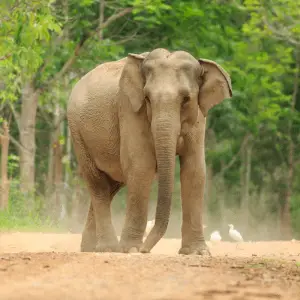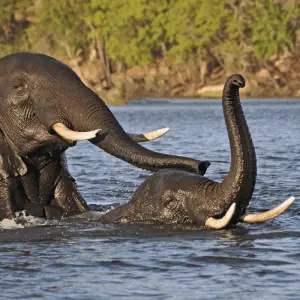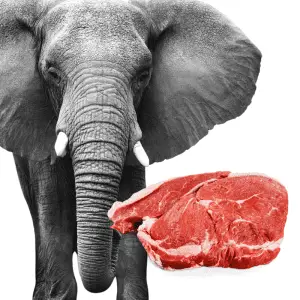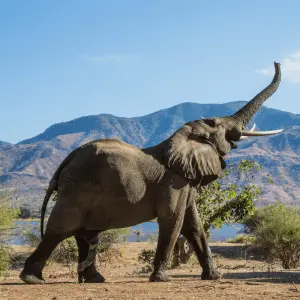African elephants hold the record for having enormous ears, so it’s no wonder that we want to learn why they are so big. The below will answer this question for you and some exciting ears facts I want to share with you.
Elephants have big ears to help them regulate their body temperature. You often see elephants flapping their ears. By doing this, they regulate the blood vessels and cool themselves down like a fan. Having big ears also helps them hear better. The African elephants can listen up to six miles away.
Elephant Ear Facts
- You can see the blood vessels in the ears.
- They have great hearing and can listen up to six miles away.
- Elephants flap their ears to keep themselves cool. The hotter they are, the more they flap their ears.
- Asian elephants have smaller ears because they live in a cooler climate. African elephants’ ears are much bigger to help disperse the heat from their even hotter environment.
- The African elephant has giant ears out of all living animals.
- When threatened, an elephant will puff out their ears and make itself look even more prominent in the hope it will scare off the predator.
- A single ear of an elephant can weigh up to hundred pounds.
- African elephant’s ears are shaped like the outline of the country Africa.
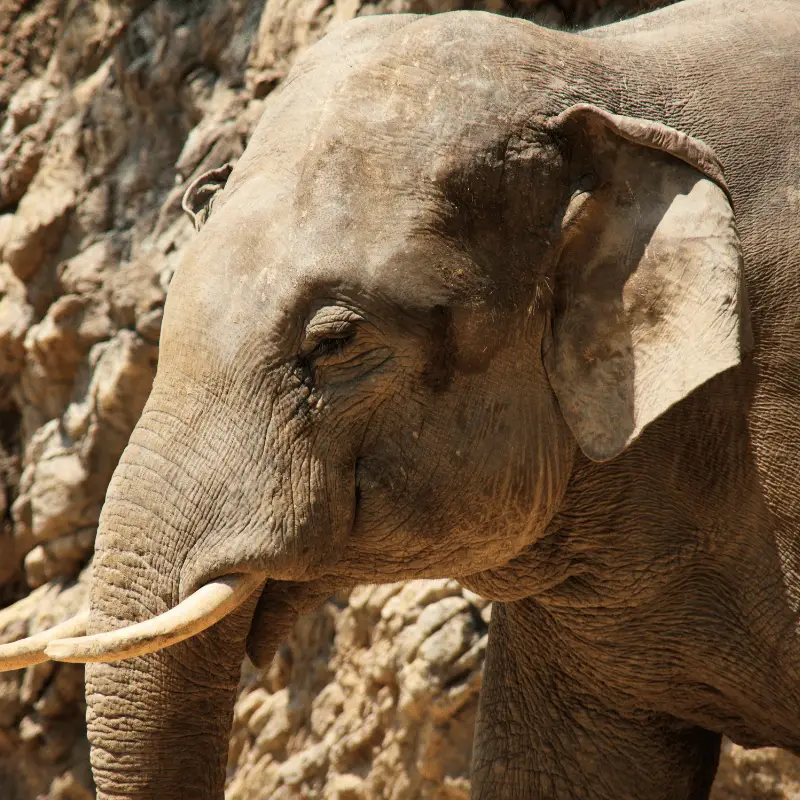
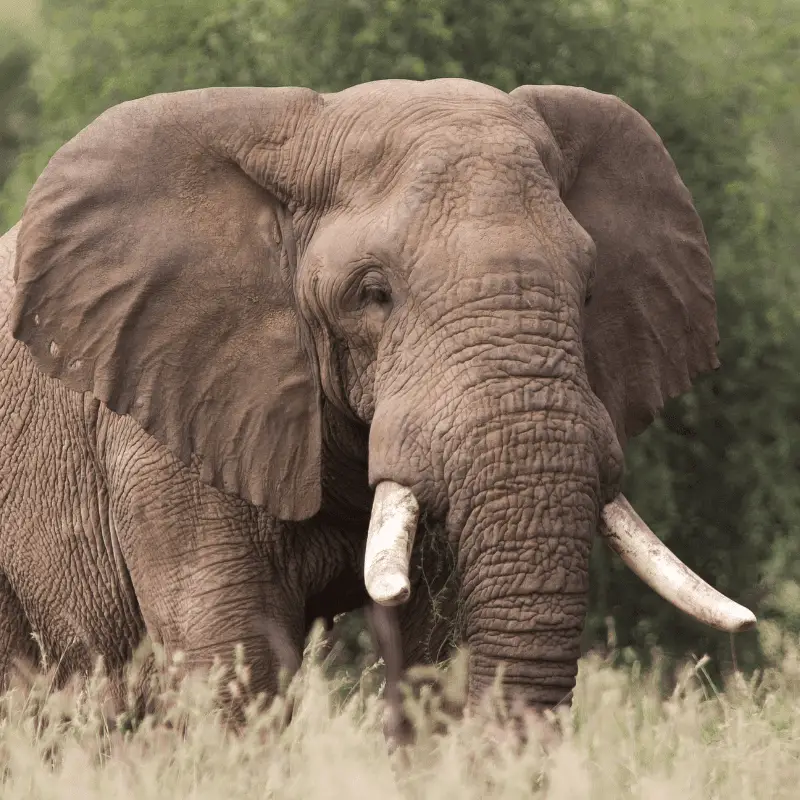
Elephant Ear Sizes
African elephants have nearly three times bigger ears than Asian elephants. See below the size of their ears.
- African Elephants: ear size is roughly six feet by five feet wide.
- Asian Elephants: size is roughly three feet by two feet wide.
Differences Between African and Asian Elephants
| Type | Height | Weight | Tusks |
|---|---|---|---|
| African Elephant | 10-11 ft | 4-6 tons | Gently curved upper tusks |
| Asian Elephant | 8-10 ft | 3-5 tons | Gently curved upper tusks |
Animals with big ears compared to their body size
- Donkey
- Elephant
- Bat
- Rabbit
- Fennec Fox

